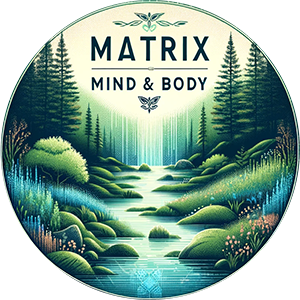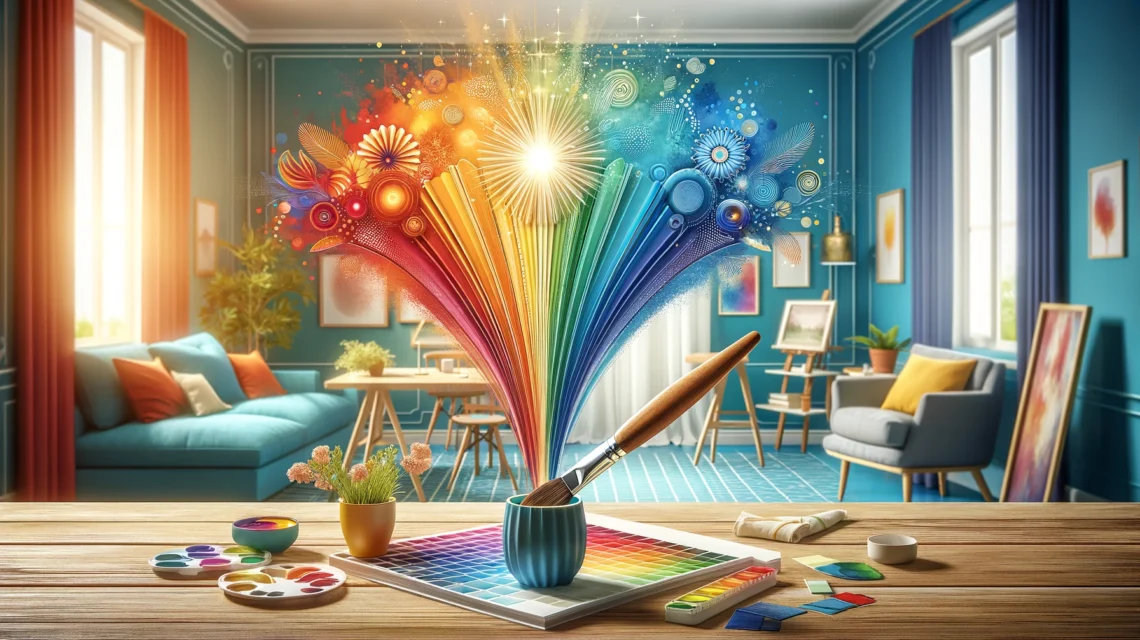The profound connection between color and human psychology has roots in both science and art, revealing how our physical environments can influence our mental and emotional states. The choice of color in our surroundings is more than a matter of aesthetic preference; it is a tool for enhancing well-being, promoting productivity, and even influencing physiological responses. This expanded exploration into the world of color psychology underscores the potential to be a catalyst for positive change in our lives.
The Deep Impact of Color
Our environments play a critical role in shaping our daily experiences. The colors with which we surround ourselves can act as a silent language, conveying emotions and triggering responses that affect our mood and behavior. The science of color psychology provides a framework for understanding these interactions, offering insights into how specific hues can create environments that support various aspects of our well-being.
Exploring Color Psychology
To harness the power of color effectively, we must delve deeper into the psychological effects of each hue. Beyond the ten primary colors previously discussed, nuances and shades can further refine the ambiance of a space, catering to more specific emotional or functional needs.
1. Blue
Blue, a hue synonymous with tranquility, has a scientifically backed ability to lower heart rate and blood pressure. Its calming effect makes it a perfect choice for bedrooms and relaxation areas, promoting restful sleep and peace.
2. Green
Echoing the essence of nature, green brings balance and renewal. Known for its anxiety-reducing properties, green creates a restorative atmosphere conducive to concentration and relaxation, ideal for both workspaces and living areas.
3. Yellow
The epitome of cheerfulness, yellow invigorates the mind and elevates mood. Yellow’s vibrant energy is perfect for stimulating social interaction and warmth in kitchens and dining rooms.
4. Red
Red, a color of passion and intensity, can stir excitement and even stimulate appetite. Its bold energy suits spaces where dynamism or appetite stimulation is desired, though its use should be balanced to avoid overwhelming.
5. Orange
Merging the vivacity of red with the joy of yellow, orange is energizing and fosters enthusiasm. It’s particularly effective in creative or physical activity spaces, where stimulation and vitality are key.
6. Purple
Representing creativity and luxury, purple’s calming influence is felt in its softer shades, while its darker tones bring drama and sophistication, making it versatile for personal spaces or areas meant for introspection.
7. Pink
Soft and comforting, pink offers a soothing presence that can temper aggression, making it an excellent choice for bedrooms or any space designed for relaxation.
8. White
Associated with purity and simplicity, white opens up spaces, creating a sense of peace and clarity. It’s the ideal backdrop for a minimalist design that seeks tranquility.
9. Gray
Modern and neutral, gray provides a balanced foundation that supports a wide range of design possibilities, allowing for creative expression through color accents.
10. Black
Though powerful in moderation, black adds sophistication and depth. Used judiciously, it can create striking contrasts and add a dramatic flair to any space.
Transforming Your Space with Color
The integration of color into our environments is a delicate art. It requires a mindful approach, taking into consideration the mood and atmosphere we wish to evoke in each space. Whether it’s through painting walls, selecting furniture, or choosing decorative accents, the strategic use of color can profoundly impact our daily experiences and overall quality of life.
Conclusion
Controlling our environment extends beyond mere aesthetics. It’s about creating spaces that nurture and reflect our deepest selves, promoting well-being and happiness. By understanding the psychological effects of colors, we’re equipped to paint our environments in ways that enhance our mood, stimulate our productivity, and enrich our lives. The power of color is undeniable—a well-chosen palette can transform any space into a sanctuary that supports and uplifts us, demonstrating that sometimes, the simplest changes can have the most profound effects.




 Breaking The Vicious Loop: End Guilt Fed Fat Storage
Breaking The Vicious Loop: End Guilt Fed Fat Storage 